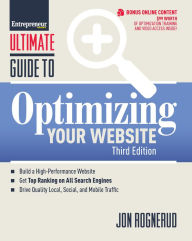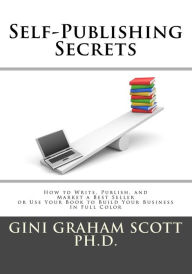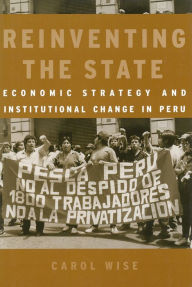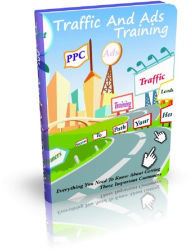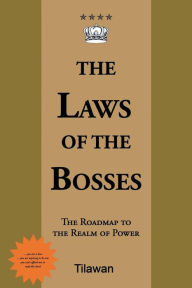How Pollution Influences Consumer Behaviors JOHNNY
by CH LOK
2020-05-30 04:16:24
How Pollution Influences Consumer Behaviors JOHNNY
by CH LOK
2020-05-30 04:16:24
What is China's Grand Strategy to cause air and water pollution? Technology has transformed the global economy. Over the past two decades, technology has introduced a pivotal shift in the nature of power with emerging economies gaining a competitive ...
Read more
What is China's Grand Strategy to cause air and water pollution? Technology has transformed the global economy. Over the past two decades, technology has introduced a pivotal shift in the nature of power with emerging economies gaining a competitive advantage. Leveraging this geotechnological shift is China's grand strategy. China's global ambition is now built on ports, highways and pipelines in the expansion of its supply chain empire. More to the point, China's grand strategy is built on developing new markets for advanced Chinese technology.China's unprecedented economic expansion now exerts a gravitational pull on the world economy, gathering emerging markets in its orbit. China is reimagining the world as a single complex network of supply chains and trade arteries. Chinese President Xi Jinping's signature project, the multi-trillion dollar Belt and Road Initiative (BRI) stretches across Asia, the Middle East, Africa, and Europe, and represents the largest infrastructure project in history. Constructing a comprehensive trade network for Chinese goods, BRI offers a platform for China's long-term strategic shift around advanced technologies. This includes electric vehicles (EV), telecommunications, robotics, artificial intelligence (AI), semiconductors, clean energy technology, advanced electrical equipment, rail infrastructure and maritime engineering.China' 2025 year high technological development plan, it aims to encourage China consumers like to buy any high technological products in the future. Building on commercial acquisitions and investments in state-owned enterprise (SOE), Beijing's Made in China 2025 industrial policy seeks to position China as a high-tech global superpower. China is spending billions of dollars on science and technology, developing research in genomics, quantum computing, robotics, and advanced materials. The country's technology leaders, Huawei and ZTE are becoming global giants. Huawei is the world's sixth-largest information technology company (by revenue) and employs 170,000 workers. ZTE supports telecom providers and governments in more than 160 countries, employing 75,000 workers- including 30,000 in R&D centers across China, Europe, the US, Canada and Japan.For the United States and other major industrialized democracies, China's pivot to high-tech represents an existential threat. Last year, US intelligence warned that Chinese recruitment of foreign scientists and its targeted acquisition of US firms constitute an unprecedented threat to America's industrial base. Similarly, leaders within the European Union (EU) have complained for some time about market distortions due to Chinese subsidies and intellectual property theft. China appears to be responding to these criticisms. However, the greater concern is that China's technology companies are merely extensions of the Chinese government.
Less







